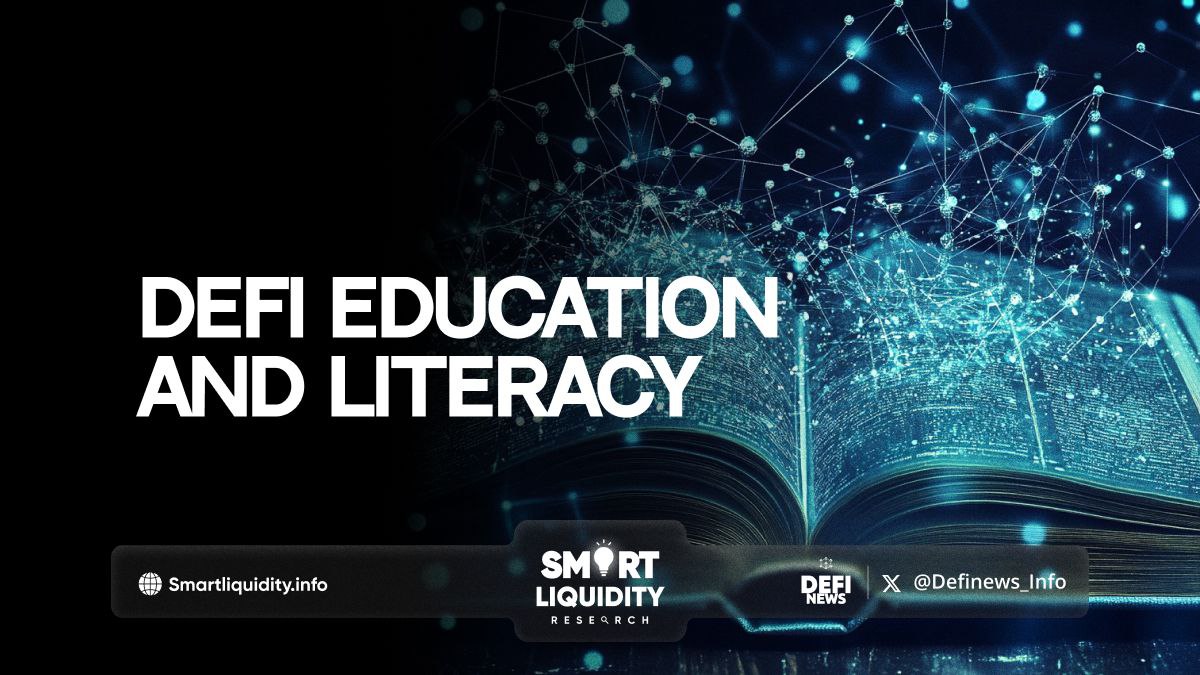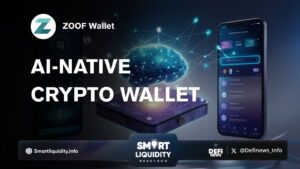DeFi Education and Literacy: Empowering Users in the Decentralized Finance Space


DeFi Education and Literacy: Empowering Users in the Decentralized Finance Space! Decentralized Finance (DeFi) is transforming the traditional financial system by leveraging blockchain technology to offer transparent, permissionless, and decentralized financial services.
However, to navigate this landscape effectively, users need a solid understanding of DeFi principles, tools, and risks. Here’s a closer look at the importance of DeFi education and literacy, as well as key areas for users to focus on.
Why DeFi Literacy Matters?
As DeFi ecosystems grow, financial inclusion improves by allowing more people access to financial services that bypass traditional banks and institutions. But the complexity of DeFi, with its unique terminology, token standards, and smart contract risks, can make it challenging for new users.
DeFi literacy enables users to:
- Make informed decisions
Understand the risks and opportunities in DeFi products. - Mitigate financial risks
Recognize and avoid scams or faulty smart contracts - Engage in governance
Participate in the decision-making processes of DeFi protocols. - Secure assets: Learn about wallet management, private key security, and transaction safety.
Key Components of DeFi Literacy
To become literate in DeFi, users need to understand the foundational concepts and tools that drive decentralized finance.
Here are some of the key areas:
- Understanding Blockchain Basics
DeFi operates on blockchain networks, primarily Ethereum, Binance Smart Chain, and others. A basic understanding of how blockchain works is essential, including concepts like decentralization, consensus mechanisms, and transparency. - Wallets and Private Key Management
A crypto wallet is a gateway to DeFi, enabling users to store, send, and receive assets. Learning to secure private keys is crucial, as losing access to these keys means losing access to funds permanently. Users should also become familiar with different types of wallets, such as hot wallets (software) and cold wallets (hardware). - Smart Contracts and Automation
Smart contracts are self-executing contracts on the blockchain that allow DeFi protocols to operate without intermediaries. Understanding how smart contracts work helps users grasp the functionality behind DeFi applications like lending, staking, and swapping. - DeFi Protocols and Platforms
DeFi consists of a variety of protocols designed for specific financial functions:
⚡ Lending and Borrowing Platforms
Examples include Aave and Compound.
✨ Decentralized Exchanges (DEXs)
Platforms like Uniswap and SushiSwap allow users to trade assets without intermediaries.
🔥 Yield Farming and Liquidity Provision
Users can earn rewards by providing liquidity to platforms, a process that requires understanding risks like impermanent loss. - Risks in DeFi
Education on the potential risks in DeFi is critical. Users should be aware of:
⚔ Smart Contract Risks
Vulnerabilities in code can lead to hacks or funds being drained.
🧩 Market Risks
Volatility in crypto prices can lead to significant gains or losses.
🟣 Rug Pulls and Scams
These occur when project creators abandon their projects after collecting user funds.
🧿 Regulatory Risks
With ongoing regulatory developments, certain DeFi activities could face legal restrictions. - DeFi Governance and Community Engagement
Many DeFi protocols operate as decentralized autonomous organizations (DAOs), where token holders vote on decisions. Understanding how governance works can empower users to participate actively in shaping the future of DeFi projects they are involved in.
Accessible Resources for DeFi Education
To foster DeFi literacy, numerous resources and platforms offer educational content:
- Tutorials and Guides
Many DeFi projects provide educational materials on their websites. - Community Forums and Social Media
Reddit, Discord, and Telegram groups offer user support, project updates, and discussions. - Blockchain Courses
Sites like Coursera, Udemy, and Binance Academy offer courses ranging from blockchain fundamentals to advanced DeFi topics. - Web3 Education Initiatives
Organizations like DeFi Pulse and Web3 Foundation focus on expanding blockchain and DeFi knowledge among users.
The Role of DeFi Literacy in the Future of Finance
As DeFi evolves, literacy will be key to democratizing access to financial tools and ensuring user security. By educating themselves, users can take advantage of DeFi’s offerings responsibly, benefiting from a decentralized, transparent, and inclusive financial ecosystem. By building strong foundations in DeFi knowledge, users can actively participate in the decentralized economy with confidence, security, and a clear understanding of the potential it holds.




